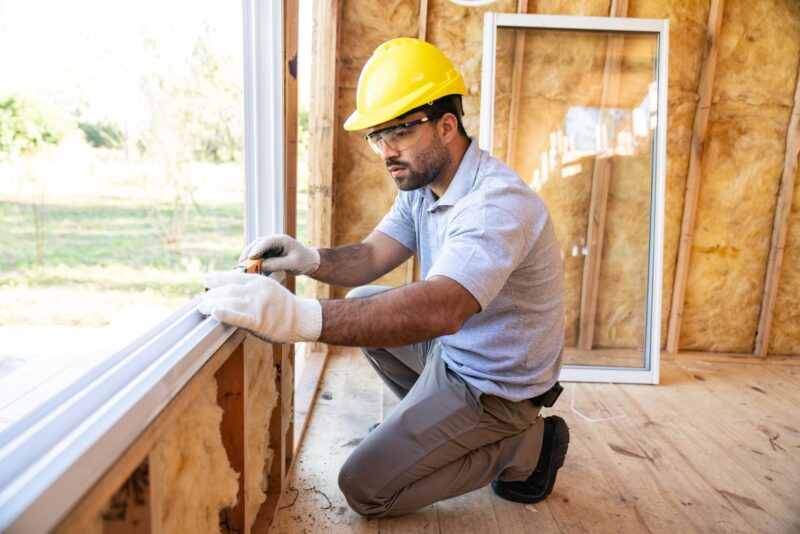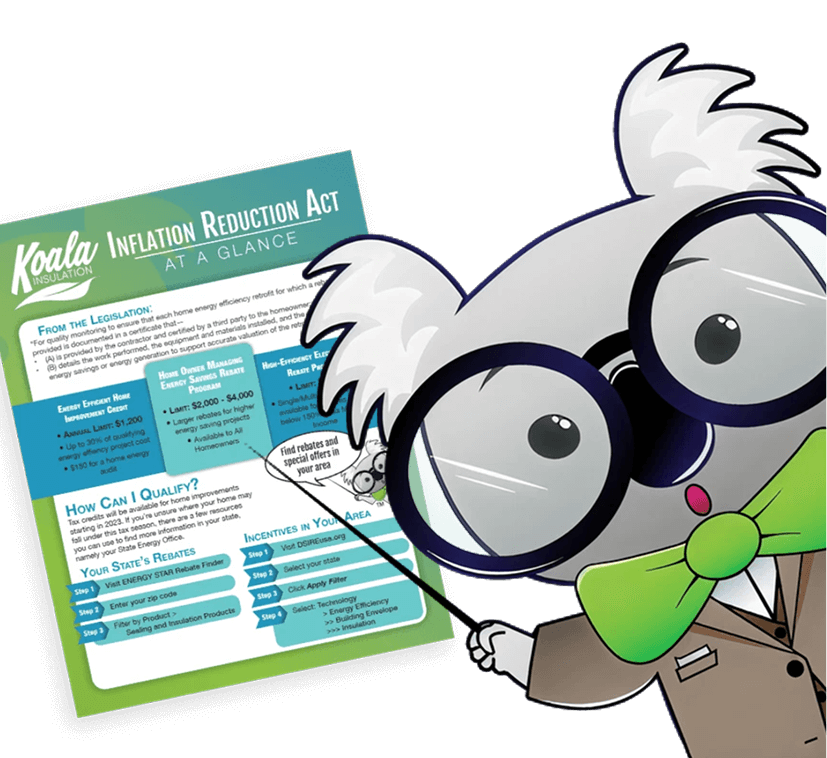There’s no doubt that insulating your home or business has a positive environmental impact. Well-insulated homes and buildings are more energy efficient, cost less to heat and cool, and are healthier and more comfortable. But how sustainable are insulation materials? Fortunately, the industry has made significant progress in creating effective, environmentally friendly insulation that doesn’t compromise performance or the planet. Learn more about sustainable insulation and the criteria used to measure its environmental impact.
The Push for Progress in Insulation Sustainability
Insulation is generally beneficial for improving energy efficiency; however, some traditional insulation materials have negative characteristics that can harm the environment. Some types of insulation are made from petroleum derivatives, contain small amounts of potentially harmful chemicals, and cannot be easily recycled or discarded when replaced.
Rethinking Raw Materials
Extruded polystyrene (XPS), expanded polystyrene (EPS), and variations of rigid polyurethane insulation are derived from petrochemicals. These compounds contribute to harmful chemical emissions and resource depletion. They also require a fire retardant to offset their flammability, and some of those retardants are potentially harmful.
Reducing Harmful Chemicals
Exposure to insulation is relatively minimal in most cases. It’s important to limit exposure – or to select a different type of insulation – to avoid certain chemicals. For example, isocyanates are a key component of spray foam insulation. The risk they present is highest during installation. Once cured, the risk level is considered safe. Exposure to elevated levels of isocyanates can lead to skin, eye, lung, and respiratory irritation.
Other chemicals to be aware of include flame retardants like TCPP (Tris(2-chloroisopropyl)phosphate) and HBCD (Hexabromocyclododecane), as well as volatile organic compounds (VOCs).
Beyond their potential health risks during exposure scenarios, these materials also carry environmental risks when produced and improperly disposed of.
Prioritizing Responsible Disposal
The disposal of insulation materials is challenging when long-lasting chemical compounds are present. Some types of insulation can be recycled, though most used insulation ends up in landfills or hazardous waste facilities. While professional insulation contractors and commercial developers have the resources and knowledge to dispose of insulation safely, many homeowners bag up old insulation and send it to local landfills that may not be equipped to prevent chemical leaks.
If you are disposing of insulation without professional support, always check with local authorities to find out about insulation recycling programs or to learn how to dispose of it safely.
Read More: Is Insulation Flammable? What Homeowners Should Know
The Most Environmentally Friendly Insulation Materials
Several available non-traditional insulation materials have a softer impact on the environment.
Sheep’s Wool
Sheep’s wool insulation is comprised of wool, polyester binders, and a chemical-based (typically safe) fire retardant. Sheep’s wool is derived from a renewable resource; sheep grow a new coat in six to twelve months and are usually sheared once a year. The insulation can be recycled and, if damaged, safely disposed of.
Cellulose
Cellulose insulation is commonly used between rafters and joists. The material is about 90% recycled newspaper, and it requires relatively little energy to produce. Like sheep’s wool, cellulose insulation does contain chemical fire retardants, which vary but are usually not harmful.
Cork and Wood Fiber
Cork insulation is an excellent solution for insulating large exterior walls, ceilings, and floors. Wood fiber, derived from sawmill waste, is used in many of the same areas of the home as cork. Wood fiber also contains recycled materials and is not only recyclable but also compostable at the end of its life.
Rock Wool (Mineral Wool)
Rock wool insulation is made from molten rocks and recycled steel. These compounds are exposed to very high temperatures before being spun into fibrous packages that resemble wool. While the manufacturing process is energy-intensive, the material is long-lasting and usually recyclable. Rock wool is one type of batt insulation offered by our local insulation teams.
Glass Wool
Also commonly known as fiberglass wool, this insulation is made from recycled glass, limestone, sand, and soda ash. During manufacturing, it has a high energy requirement similar to rock wool, but it is comprised of 30-60% recycled materials. Fiberglass wool is one of the most popular types of insulation today.
Plant-based Insulation
The plant-based insulation category covers a range of natural materials, including hemp, cotton, and flax. These materials are typically safer to handle than traditional options and contain significantly fewer chemicals. They do tend to be more expensive upfront. While plant-based insulation can last fifty years or more, it should be inspected every few years to identify water or pest damage.
What Is the Most Environmentally Friendly Insulation?
Cellulose insulation is considered the most sustainable insulation material due to its high recycled content, low energy requirements, and ease of disposal. It’s also easy to install in tight spaces, making it an ideal choice for walls, attics, and beneath floors.
Natural, plant-based insulation is also a great choice in areas with elevated moisture and humidity levels. Your local Koala Insulation team will help you find the best sustainable insulation for your home, taking into account various factors such as climate and application.
All Things Considered, Is Insulation Sustainable?
Absolutely! The net environmental impact of insulation materials is generally positive, as they result in energy savings in most cases. Opting for sustainable insulation materials enhances the benefits enjoyed by homeowners and the planet, and there is every reason to invest in cost-effective, environmentally friendly energy upgrades.
Explore Your Insulation Options Today
Maximize your earth-friendly insulation upgrade with Koala Insulation. Our expert teams have the national business resources and local expertise to provide expert recommendations that improve the energy efficiency of your home or business. We’ll also help you access relevant incentives and complete the work with minimal disruption so you can enjoy a more comfortable space quickly.
Find the Koala Insulation near you today to get started!
Find Your Location


Get a quote




